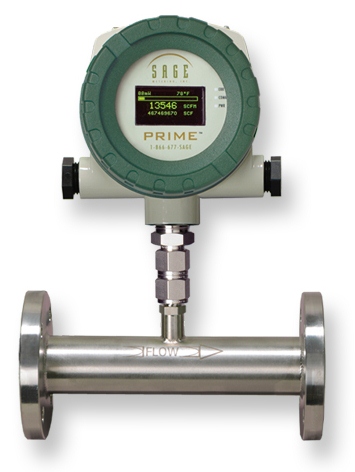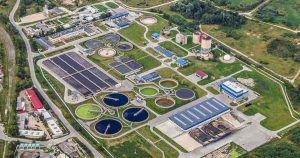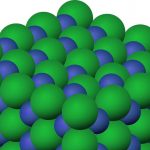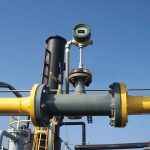3 Reasons to Use Thermal Mass Flow Meters in Wastewater Treatment
Engineers at various wastewater treatment plants (WWTP) recognize the benefits of using thermal mass flow meters to monitor aeration air flow rate, improve process efficiency, reduce energy costs, and measure digester gas.
1. Aeration Air Flow Rate
The activated sludge process is a conventional method in wastewater treatment. In this method, wastewater is treated with aeration airflow. Here, blower air is pumped and diffused evenly to oxygenate the aeration basins.
Oxygen feeds or nourishes microorganisms within the basin, allowing them to thrive and consume suspended particulates. At various process phases, compressed air oxygenates, clarifies, filters, or disinfects. Compressed air is one of the most significant expenses associated with wastewater treatment.
2. Improve Efficiency and Reduce Cost
By monitoring and controlling airflow with thermal mass flow meters, the facility maintains the proper environment for optimum bacteria growth to accomplish its objective and significantly reduces energy costs. Some facilities have reduced energy consumption by as much as 25%.
3. Measure Digester Gas

Sage Prime
After bacteria have consumed the suspended particles, the solid matter is subsequently removed and enters a secondary process. Here, digesters break down the waste, creating digester gas that contains methane and carbon dioxide. The gas is further processed and used as renewable energy. Throughout this process, thermal mass flowmeters measure the mass flow of the digester gas and have an extremely low-end sensitivity to handle the low flow typical of digester gas.
Sage Metering Distributor and Rep
Linc Energy Systems is a Sage Metering representative. Learn more about the Sage Paramount and Sage Prime. Both the
To learn more, see Sage Metering’s WWTP Industry Guide.




We like your blog and we also provide same type of service like air flow meter and air gas flow meter